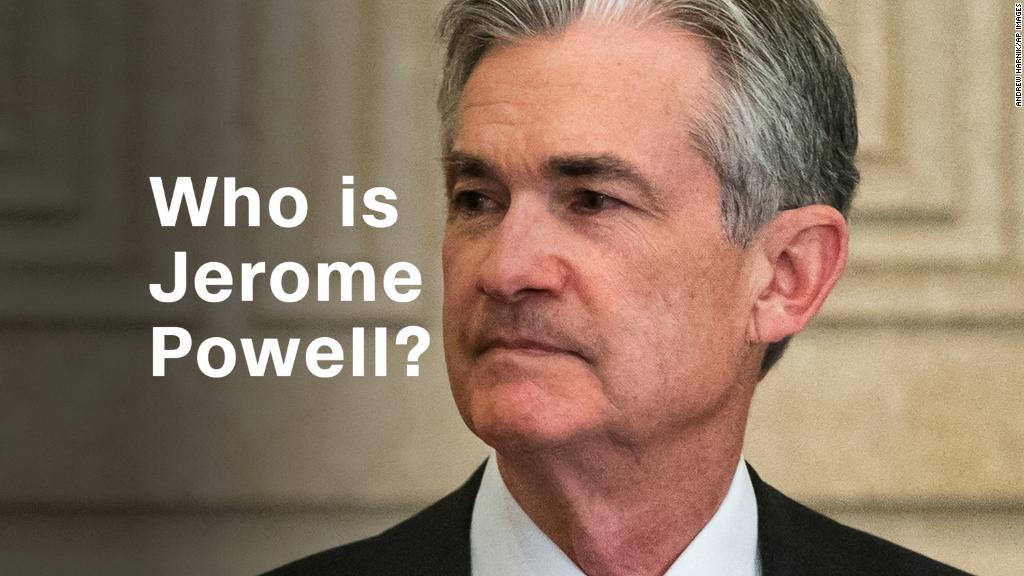
Millions of Americans are back to work, and they have Janet Yellen to thank.
When she began her four-year term as the first woman to lead the Federal Reserve in 2014, the unemployment rate was 6.7%. Today it's 4.1%, the lowest in 17 years.
"There's less to lose sleep about now than has been true for quite some time, so I feel good about the economic outlook," Yellen said during her final press conference in December. "The labor market is in a very much stronger place than it was eight years ago."
That, she said, is "tremendously important to the well-being" of Americans.
And it's no accident.
Yellen proved to be a deliberate, careful leader as she helped steer the economy through a dangerous time -- the years between a historic recession and something close to a normal recovery.
"The thing that Janet had to figure out was how to turn around and get back to a normal policy and not do it too fast," said Alice Rivlin, a senior fellow at the Brookings Institution and a former vice chair at the Fed, who previously worked with Yellen.
Related: American gets a raise: Wage growth fastest since 2009
Yellen was nominated by former President Barack Obama and began serving in 2014. President Trump chose not to put her up for four more years, instead nominating Fed governor Jerome Powell. Yellen is the first Fed chair in decades to serve a single term.
In an interview with the PBS NewsHour on Friday, Yellen expressed her "disappointment" not to be reappointed, but said she was "very satisfied" with her 14 year career at the Fed, which included serving as president of the San Francisco Fed. "I really had a seat the table through tumultuous times," she said.
"I would have liked to serve an additional term, and I did make that clear," Yellen said.
A trained economist, she repeatedly made the case for job training programs to help American workers gain the skills they needed for the jobs that were in demand. She visited job training programs in Philadelphia and Cleveland to hear about challenges facing the nation's workforce.
"For those who do not attend college, we must find other ways to extend economic opportunity to everyone in America," Yellen told graduates at the University of Baltimore in December 2016.
This weekend, Yellen hands the baton to Powell, who served under her as a Fed governor. On Monday, she'll join a long roster of former Fed colleagues at Brookings, where she'll continue studying the U.S. economy and the labor market.
Related: Down plunges 666 points -- worst day since Brexit
At a warm sendoff for Yellen in the Fed's historic Eccles Building, Powell told hundreds of staff that Yellen was the most qualified person ever to be named Fed chair, according to a person who attended the private event on Thursday.
Staff burst into applause as Yellen arrived to speak in the atrium, according to the attendee. She spent an hour speaking with young members of the Fed staff and taking selfies.
And as a final tribute to Yellen and her penchant for turning her collar up, Powell popped his own collar at the end of his remarks. Her future colleagues at Brookings, staff at the New York Fed and others on social media posted photos of themselves on Twitter with the hashtag #PopYourCollar.
Unlike her predecessors, Yellen didn't face a recession or a major crisis during her tenure. She also never cut interest rates.
At the start, there was practically nothing left to cut. Ben Bernanke, her predecessor, had navigated the crisis years by dropping interest rates almost to zero and launching an unprecedented asset-purchase program to support the economy.
Yellen still had plenty to do. She skillfully charted the central bank's path to lifting rates and slowly reversed the stimulus programs the Fed had begun during the crisis.
"It was the right appointment at the right moment," Rivlin said.
When she started the job, Yellen was quickly confronted with pressure to begin lifting rates, which had remained historically low since the crisis. Some of her Fed colleagues were anxious over when to act.
Wait too long, Yellen's critics warned, and inflation could take off. Move too quickly, and the fragile economic recovery could be derailed.
Yellen persuaded her colleagues to move slowly, and she eased the Fed into a new normal of long-lasting low interest rates.
Related: As Yellen leaves, Fed will face new challenges
"She was cautious and deliberate and always based decisions on good analysis and facts," Rivlin said.
The Fed waited until December 2015, seven full years after the crisis, to begin raising its benchmark rate, and only raised it four more times.
And the feared rise in prices never materialized. Even Yellen has conceded it's something of a mystery, but it helped prove her right.
"All the worries about inflation skyrocketing didn't happen," Kevin Logan, U.S. chief economist at HSBC said. "GDP grew but maybe not as much as we'd like. Employment growth was great."
Part of Yellen's legacy may be that she was astute at the right moments and made the right choices during a delicate period for the U.S. economy.
But it's a fact that the economy benefited.
Yellen's term ended Friday with the U.S. economy adding a healthy 200,000 jobs in January, making it the first time the economy has added jobs during every month of any Fed chair's tenure.
"I feel very good about the progress we have seen there," Yellen said referring to the U.S. employment rate in her PBS interview.
"Time won't tell," said David Henderson, a research fellow with the Stanford University's Hoover Institution. "Those are accomplishments."


